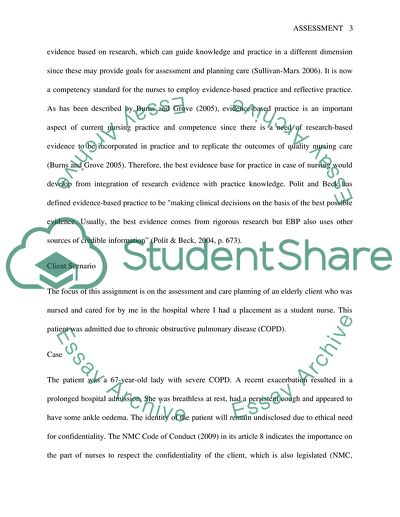Cite this document
(Principles And Methods Of Nursing Care Case Study, n.d.)
Principles And Methods Of Nursing Care Case Study. Retrieved from https://studentshare.org/nursing/1731307-client-care-analysis-of-assessment-nursing-in-the-uk
Principles And Methods Of Nursing Care Case Study. Retrieved from https://studentshare.org/nursing/1731307-client-care-analysis-of-assessment-nursing-in-the-uk
(Principles And Methods Of Nursing Care Case Study)
Principles And Methods Of Nursing Care Case Study. https://studentshare.org/nursing/1731307-client-care-analysis-of-assessment-nursing-in-the-uk.
Principles And Methods Of Nursing Care Case Study. https://studentshare.org/nursing/1731307-client-care-analysis-of-assessment-nursing-in-the-uk.
“Principles And Methods Of Nursing Care Case Study”, n.d. https://studentshare.org/nursing/1731307-client-care-analysis-of-assessment-nursing-in-the-uk.


